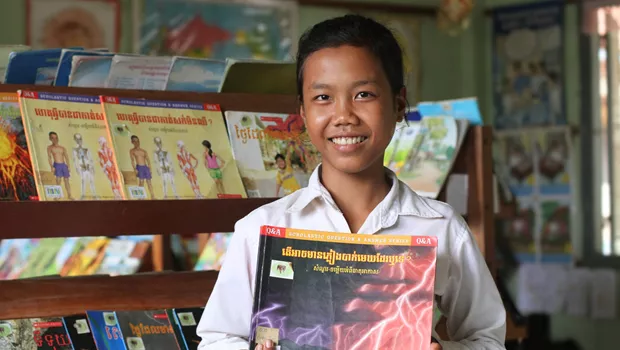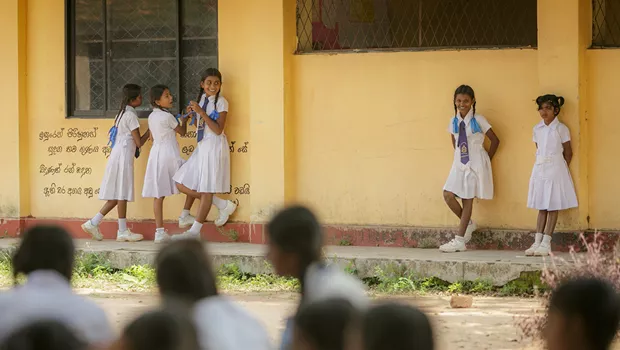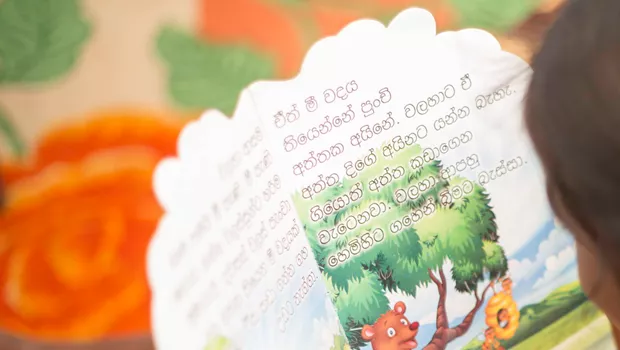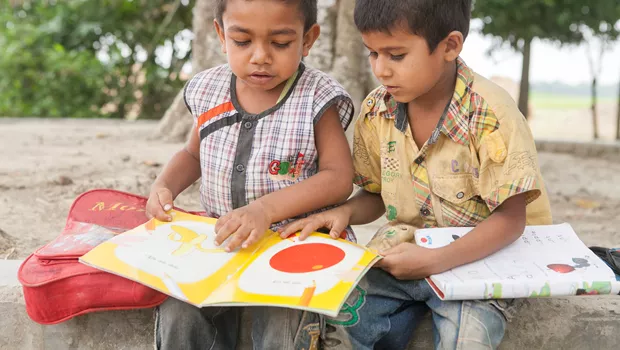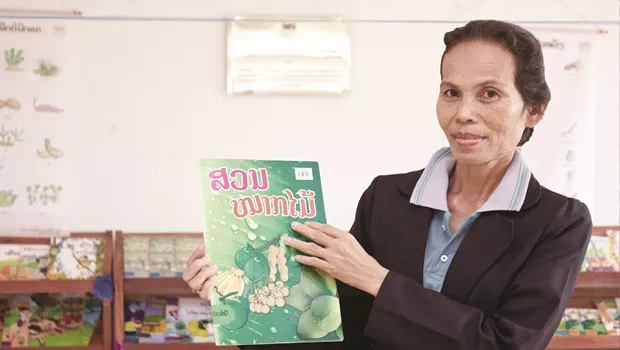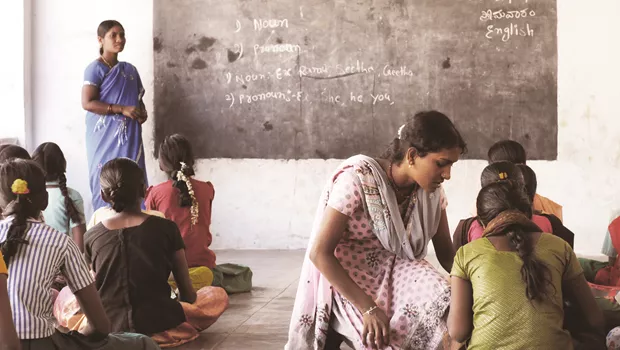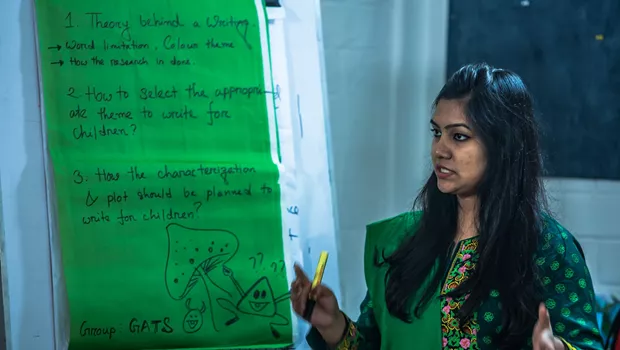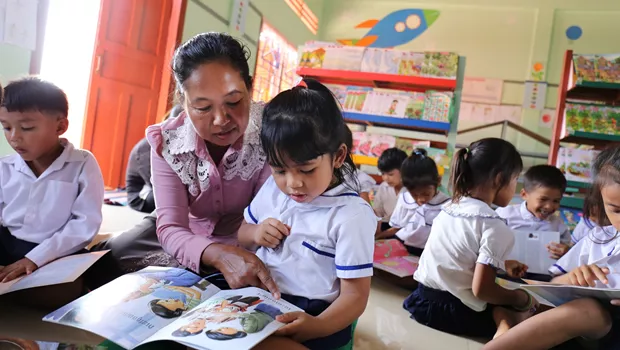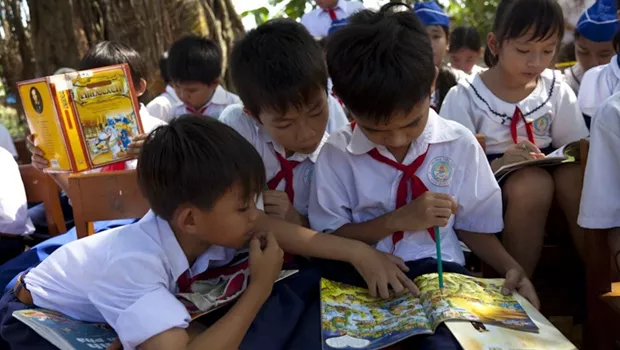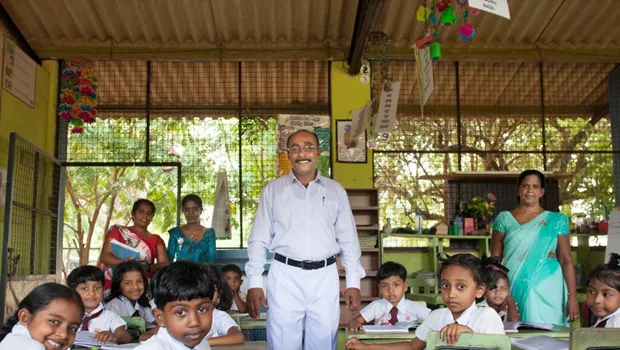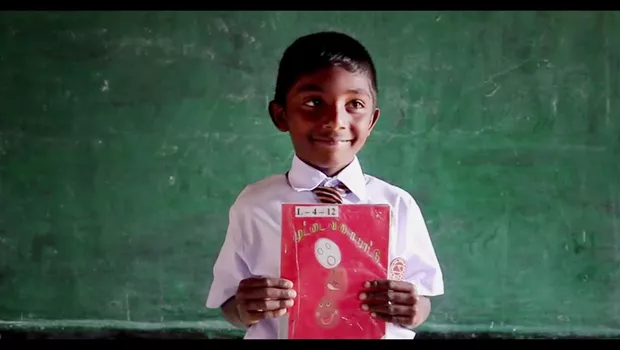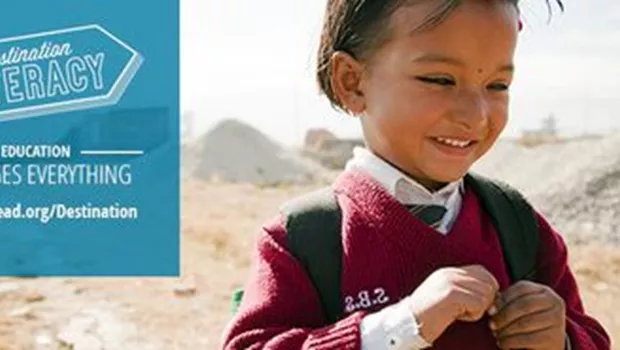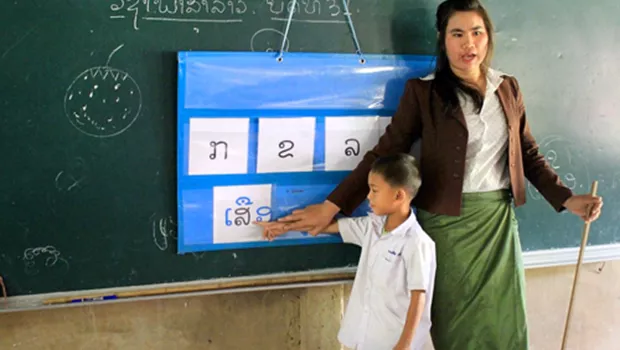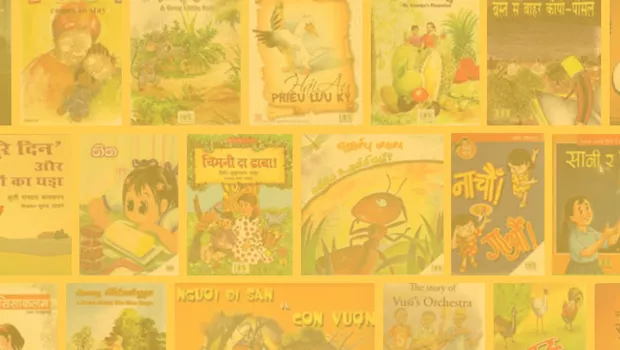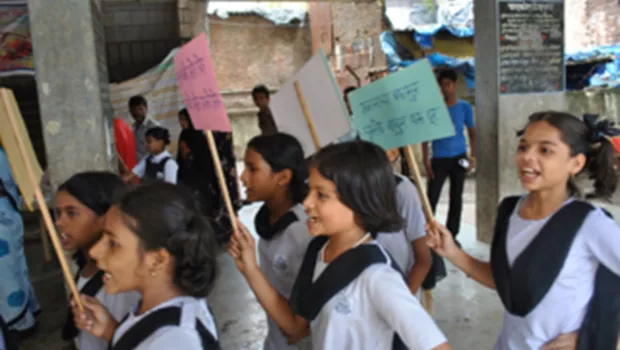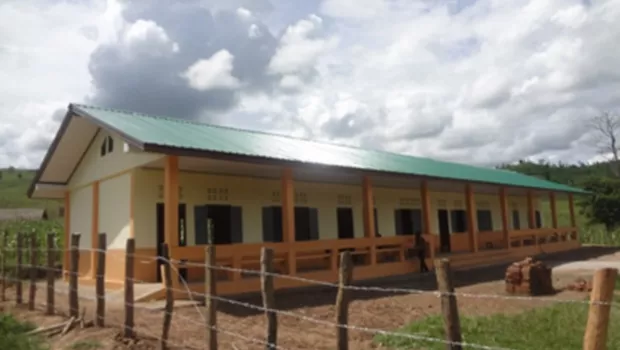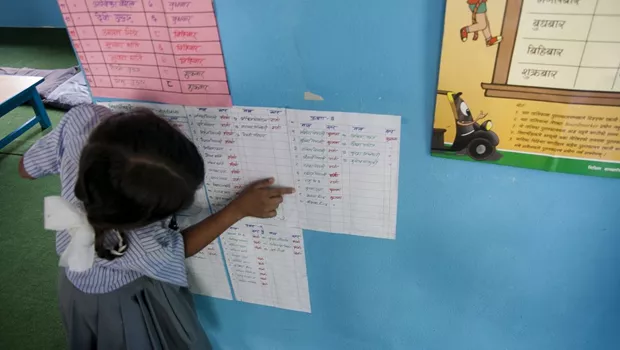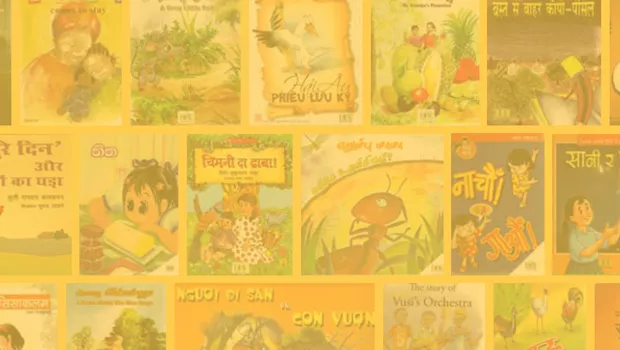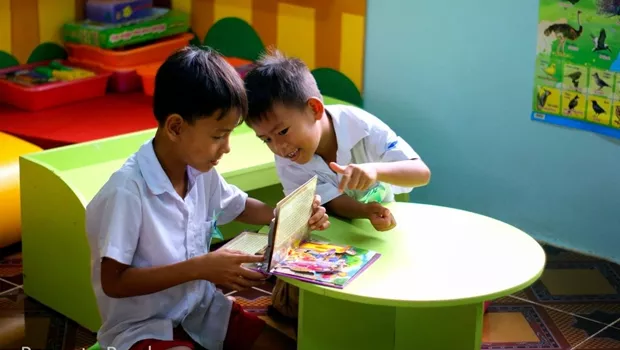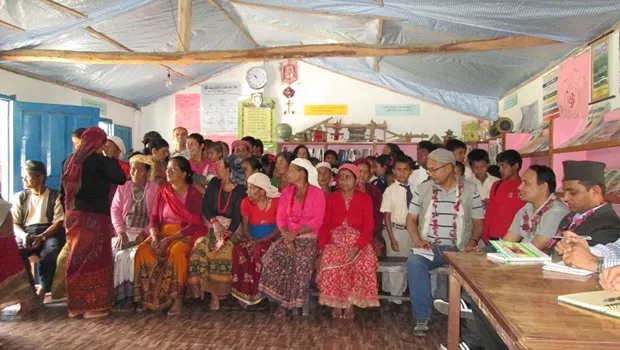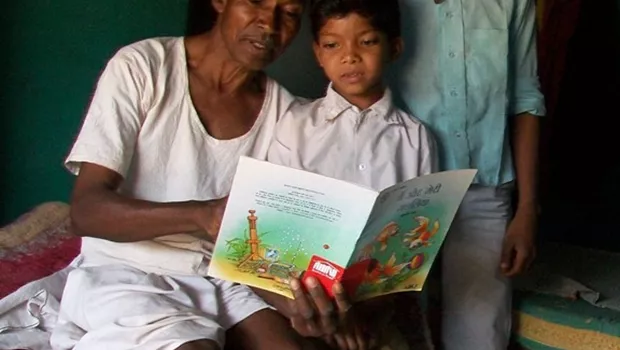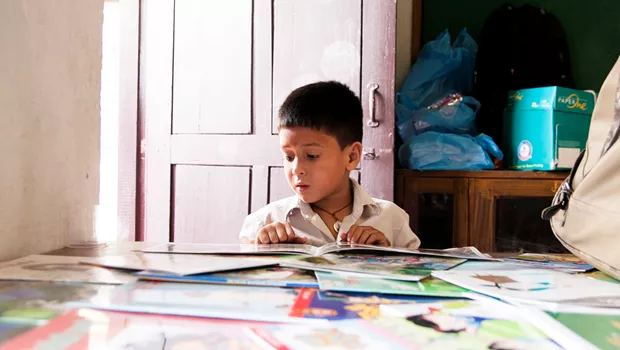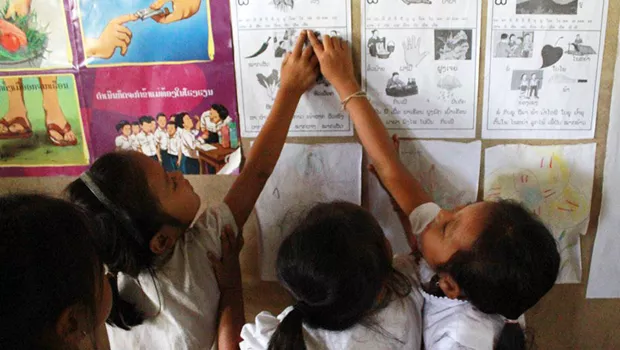“Who wants to read out loud?” asked Indrani, a second grade teacher at Kumbukwewa Nimalasiri Primary School in the Anuradhapura district of Sri Lanka.
Little hands shot in the air. “Teacher, teacher, me!” said seven-year-old Sithija. At 134 words per minute, he was the fastest reader in class, far outpacing the standard of 45 words per minute for his age group.
“ Sithija’s literacy skills improved so quickly that he was soon reading and writing faster than any of his classmates.”IndraniSecond grade teacher
Room to Read had established its Literacy Program at Kumbukwewa only a year before and already students were achieving high reading scores and the confidence to read aloud. But this hasn’t always been the case in Sri Lanka. Although Sri Lanka has a long storytelling tradition and a high literacy rate, rural schools like Kumbukwewa have been at a distinct disadvantage with their lack of access to quality reading and instruction materials. With only government-issued textbooks devoid of illustrations to rely on, teachers have often been at a loss as to how to get their students excited about reading. As a result, Sithija, like many of his classmates, struggled to read.
As part of our comprehensive Literacy Program, Room to Read focuses on training teachers in literacy instruction techniques and fun library activities, such as reading aloud. The program also provides teachers with illustrated workbooks designed to appeal to young students while ensuring there’s a school library stocked with colorful children’s books.
“The techniques Room to Read taught me have been extremely helpful,” said Indrani. “I’ve been teaching for 20 years and this is the first time I’ve seen such improvement in my students’ reading fluency and comprehension.”
What’s more, Indrani’s students have started reading on their own for fun, “going over passages sometimes 10 times or more at home,” she said. Sithija’s literacy skills improved so quickly that he was soon reading and writing faster than any of his classmates.
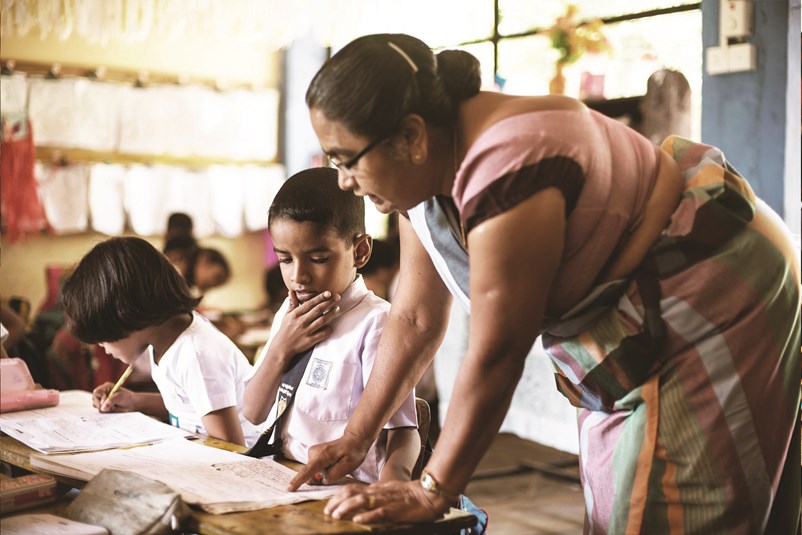 Indranai teaches Sithija during a literacy lesson.
Indranai teaches Sithija during a literacy lesson.
“When Room to Read stepped in, the biggest impact we saw was on children whose parents have no formal education,” noted school principal A.M. Disanayaka. “These kids wanted to learn but lacked the resources. Suddenly Room to Read was there to fill that gap and their reading scores soared.”
“Thanks to the program’s focus on phonological awareness, the training we received and the new materials, my students’ reading skills have improved tremendously,” Indrani said. “For the first time I can honestly say that they enjoy reading.”Since the program began at his school, Sithija has been checking out one book per week from the library Room to Read established at his school. Grasping his favorite book, “Tall and Short,” Sithija sat in front of the class to share his story.
“Look how fast I can read!” he grinned.
***
This story is part of our 2015 Global Monitoring Report. Check out the full online report here.
By continuing to use this site you consent to the use of cookies. Find out more.

